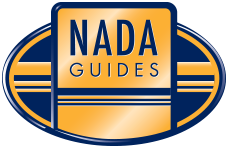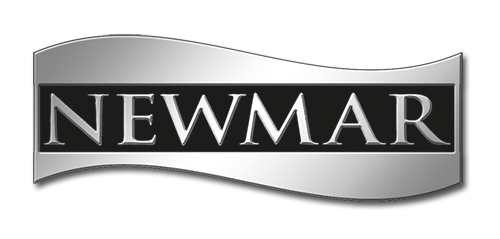The 2025 Windsport 35R by Thor Motor Coach is poised to redefine the landscape of recreational travel with its thoughtfully designed spaciousness and innovative features. At an impressive 37 feet in length, this Class A RV offers both comfort and functionality for adventurers seeking cozy accommodations on the road.
A Versatile Living Space
One of the standout features of the Windsport 35R is its remarkable layout. The RV is designed to seat up to nine passengers comfortably, with the flexibility to sleep several more. Seating options abound, including a spacious dinette, an inviting sofa, and a comfortable over-cab bunk. For those who appreciate the luxury of relaxation, the theater seating is an appealing choice, reflecting a modern take on leisure travel.
The driving experience is equally impressive. Equipped with a power-adjustable driver seat, the Windsport features a sophisticated dashboard complete with essential controls, such as cruise control and a multimedia setup that supports Sirius XM Satellite Radio, Android Auto, and Apple CarPlay. This ensures that the journey is as enjoyable as the destination.
Expansive Interior Amenities
Inside the Windsport 35R, space is maximized with the inclusion of a full-wall slide-out, amplifying the living area and creating a home-like environment. This area boasts an impressive 84-inch headroom, allowing for a spacious feel. The smart TV and advanced connectivity options through the Ward Connect 2.0 system ensure users can stay connected and entertained while traveling.
Catering to culinary enthusiasts, the RV kitchen is equipped with a three-burner gas cooktop, a large residential refrigerator, and abundant storage options. The roll-out sink cover and the high-quality faucet add practicality, allowing travelers to prepare meals simply and efficiently.
Lavish Comfort in the Bedroom and Bathroom
A key feature of the Windsport 35R is its inviting bedroom. Equipped with a king-size bed, the space includes ample storage above and large nightstands. Travelers can unwind with a smart TV and a selection of USB ports for electronic devices, making it easy to stay connected.
The bathroom is designed with user comfort in mind, featuring a large shower, a tankless hot water system, and a spacious medicine cabinet. Tank capacities are optimized to support longer trips without the worry of frequent stops. The Rapid Camp Plus system provides easy access to various functions, allowing users to control lights, slide-outs, and electrical systems from one convenient location.
Functional Exterior Features
Beyond the luxurious interior, the 2025 Windsport 35R shines in its practical exterior design. Storage options run the length of the RV, allowing travelers to stow essential items and recreational gear effortlessly. The rotocast storage compartments are not only spacious but also resistant to mold and mildew, ensuring cleanliness and longevity.
Additional amenities include a power patio awning with LED lighting, creating an inviting outdoor space for enjoyment after a day on the road. For those who enjoy outdoor cooking, the unit includes an exterior propane connection, perfect for grilling in the great outdoors.
The Ideal RV for Adventurers
The 2025 Windsport 35R is more than just a means of travel; it’s a gateway to adventure. With its luxurious amenities, spacious seating, and cleverly designed living areas, it facilitates a lifestyle where comfort meets exploration. Whether heading to the mountains or parking in a serene campground, the Windsport 35R is prepared to make every road trip memorable.
For those considering their next mobile home, the Windsport 35R encapsulates the spirit of adventure wrapped in the comfort and versatility crucial for creating lasting memories on the open road.














